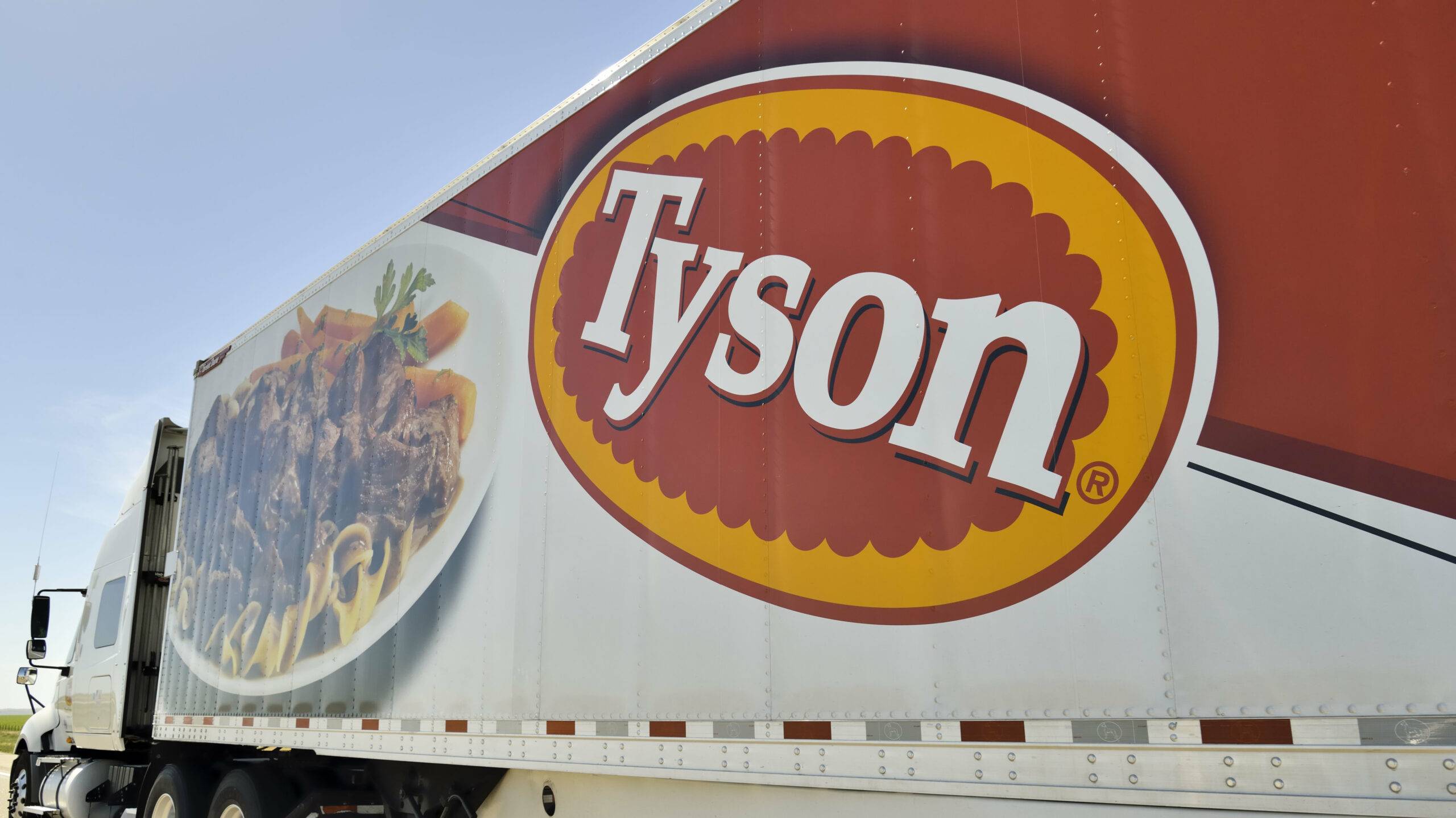Article explores record-breaking U.S. beef imports, alleviating price concerns amid domestic supply challenges.
Cattle Herd Shrinks, Squeezing Tyson Foods: US Reduces Beef Exports
The United States finds itself in a beef conundrum, importing unprecedented quantities of beef this year while decreasing its exports. This shift comes as ranchers significantly reduce the nation’s cattle herd to its lowest levels in decades, putting pressure on meat industry giants like Tyson Foods (TSN.N).
The decline in cattle numbers, exacerbated by years of drought that parched pasture lands, has driven U.S. beef prices to soaring heights. These elevated prices are tempting companies to turn to imported, more affordable beef and discouraging purchases of U.S. beef by countries such as China, Japan, and Egypt.
Industry analysts anticipate a drop in demand for U.S. beef and increased cattle costs, potentially leading to negative quarterly margins for Tyson’s beef division—the company’s largest unit—marking the first such occurrence this year. Tyson, one of the four main processors responsible for handling roughly 85% of U.S. grain-fattened cattle, is set to announce its fourth-quarter earnings on Monday.
US Beef Exports Face Steep Decline, Slipping from Second to Fourth Place in Global Rankings
According to the U.S. Department of Agriculture (USDA), the United States is expected to fall from its second-place ranking as the world’s largest beef and veal exporter in 2022 to the fourth place this year.
Government data reveals that U.S. beef exports are projected to plummet by 14% in 2023 compared to 2022, totaling 3 billion pounds (approximately 1.4 million metric tons), the lowest figure since the disruptions caused by COVID-19 in 2020. Looking ahead to 2024, with the USDA forecasting further declines in U.S. production due to tight cattle supplies, exports are anticipated to hit an eight-year low at 2.8 billion pounds.
U.S. beef exporters, including Tyson, Cargill (CARG.UL), and JBS (JBSS3.SA), are grappling with a “double whammy” scenario—a combination of higher prices and the strength of the U.S. dollar, which renders American products less appealing to international markets, warns Pete Bonds, a cattle producer based in Texas.
Bonds asserts, “The future of this industry lies beyond the borders of the United States.”
Tyson Grapples with Margin Pressures as U.S. Beef Exports Decline, Amidst Rising Cattle Prices
For Tyson, the erosion of its U.S. export business further compounds the margin pressure stemming from elevated cattle prices, as pointed out by Goldman Sachs analysts. Typically, U.S. beef exports yield higher margins compared to domestic shipments.
Goldman Sachs predicts a drastic margin swing, from a positive 8% a year ago to a negative 1.1% for Tyson’s beef division. Adjusted margins stood at 0.2% in Tyson’s second quarter this year and 1.6% in the third quarter.
In August, Tyson CEO Donnie King issued a warning about the challenges posed by low cattle inventories in the export market. In January, the U.S. beef cow herd reached its smallest size since 1962.
Tyson has been implementing workforce reductions as its beef, chicken, and pork segments face challenges, with high prices causing some Americans to reduce their beef consumption. The company recently announced the closure of two plants in Florida and South Carolina, where hundreds of employees handle meat cutting and packaging.
Analysts suggest that meat processors can employ imports as a strategy to navigate through periods of low margins and expensive U.S. cattle. Frequently, they import lean beef from countries such as Australia and New Zealand to blend with the fattier U.S. supplies for hamburger production.
In its monthly report, the USDA has raised its forecasts for beef imports in 2023 and 2024. Additionally, the U.S. embassy in Paraguay has announced the reopening of the doors to Paraguayan beef imports, marking a significant development after a 25-year hiatus.
Surging U.S. Beef Imports Set to Reach Historic Highs, Easing Price Pressure Amidst Domestic Supply Declines
Government data indicates that total U.S. imports from January through September have risen by approximately 6% compared to the previous year, with Australian shipments surging by 49%.
Katelyn McCullock, the director of the Livestock Marketing Information Center, which analyzes the livestock industry, projects that U.S. beef imports could reach a historic high of 3.7 billion pounds in 2023, surpassing the previous record of 3.4 billion pounds set in 2015. For 2024, imports are forecasted to further increase to 4.2 billion pounds, establishing a new record.
McCullock emphasizes, “Retail beef prices are already at record highs. With domestic supplies facing significant declines this year, these imports are helping mitigate the potential for further price increases.”
Analysts have observed a rebound in live cattle imports from Mexico, following a decline last year, with some of these cattle being placed in U.S. feedlots and subsequently sent for slaughter.
Producers and analysts point out that U.S. ranchers have not yet initiated the process of rebuilding the domestic cattle herd, given that more than half of the nation’s cattle reside in areas still experiencing abnormal dry conditions. The number of heifers, young female cows, in U.S. feedlots as of October 1 showed a 1.3% increase from the previous year, indicating that producers are fattening them for slaughter rather than retaining them on farms for breeding.
Read: Tyson Benefits from Surging US Chicken Prices
The rebuilding process is expected to progress slowly, which will continue to exert pressure on exports, according to producers and analysts who contend that “cattle numbers are tight and getting tighter,” as noted by Derrell Peel, an agricultural economist at Oklahoma State University.
Source: Reuters
